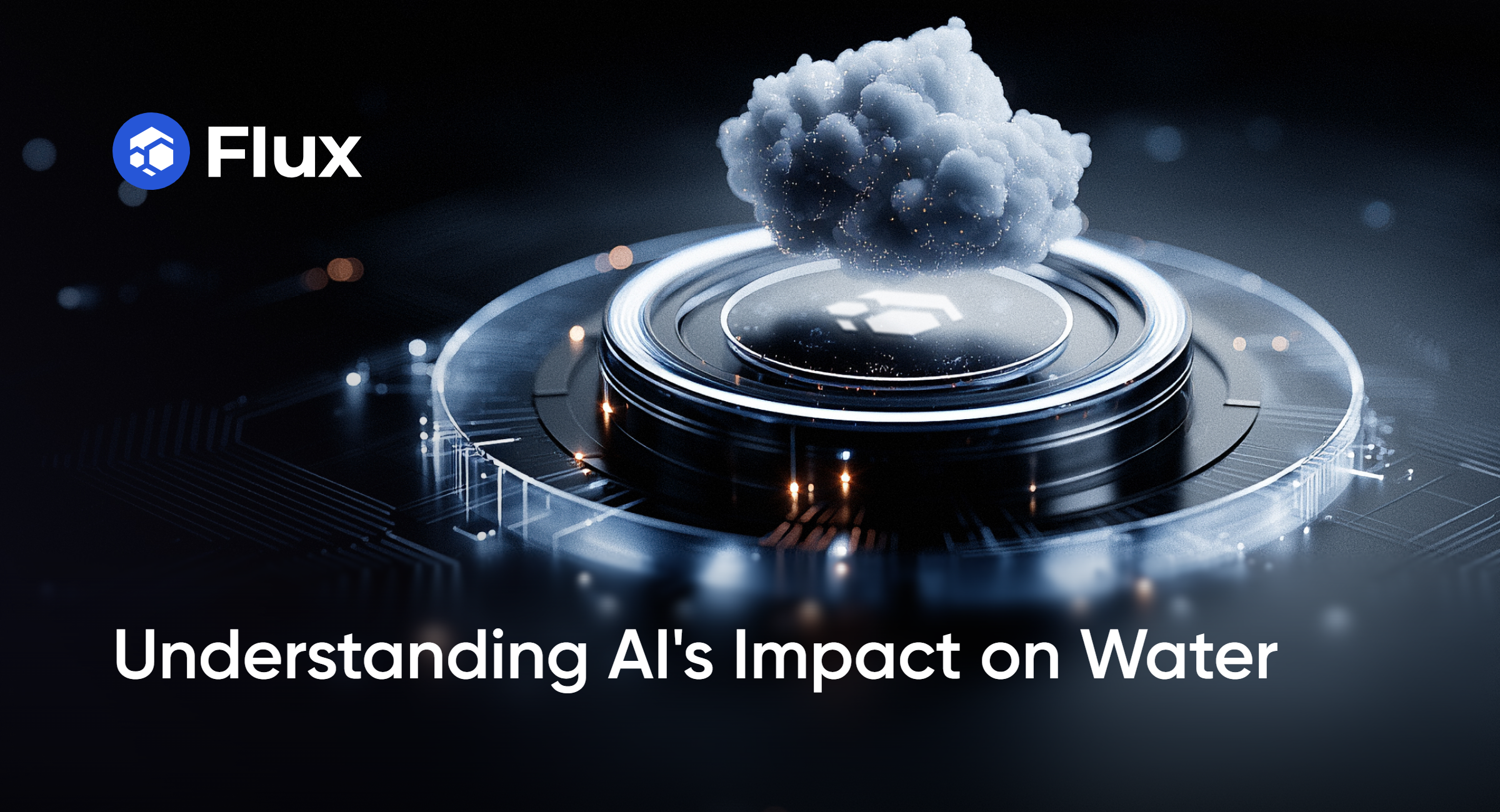Water and AI are seemingly unrelated, yet freshwater is consumed every time a prompt is used to execute a task or every time ChatGPT answers a user’s query — essentially, every time a user leverages AI.
Today’s article will explore the correlation between AI and humanity’s most precious resource. We will examine water utilization in AI processes and what its rapid development could mean for global water economics.
Artificial Intelligence and Water
Artificial Intelligence’s water footprint is extensive because it uses water both directly and indirectly. Direct water usage refers to water being consumed outright within AI’s immediate operations—cooling the data centers that house servers and GPUs, which execute AI workflows.
Indirect water usage refers to the consumption of water during the early stages of the AI supply chain, when it is used for energy production to generate the electricity that powers AI data centers.
Direct Usage: Cooling
Data centers for AI workloads operate at energy densities significantly higher than those for typical, everyday computations. This is because, within AI data centers, hundreds of GPUs can often be tightly packed within a single rack, outputting teraflops of computations every second.
Such a concentration of energy means densities exceeding hundreds of watts per square inch—enough heat to cook a frozen pizza in seconds.
Generating such intense heat within such a compact space requires constant water-based coolant solutions for thermal density dissipation. Water coolants absorb heat and cycle out thermal energy before being replenished and recirculated.
Significant water loss occurs not only as coolants are replenished but also from evaporation caused by the heat generated from GPU computations.
Various methods of liquid-based cooling exist, including immersive solutions in which chip components are submerged in coolants or chilled water is filtered through the silicon surfaces of GPU racks.
Regardless of the method, liquid cooling consumes millions of liters of freshwater daily, especially at large data centers in dry climates. As AI models become increasingly complex and training workloads grow, the power draw and associated cooling needs will leave a substantial water footprint.
Indirect Usage: Energy Production
Speaking of power draw, the electricity that runs AI data centers is generated by thermoelectric plants—facilities that convert heat energy from fossil fuels into electricity—that rely on vast quantities of freshwater for steam generation to cool heat sources, such as coal.
The energy produced from cooling heat sources in a thermoelectric plant can also result in millions of liters of water loss before any coolant reaches physical GPU racks.
Additionally, the water consumption of this form of energy production varies dramatically by generation type. A coal-fired thermoelectric power plant could consume 1,000 liters of freshwater per 1 megawatt-hour (MWh) of electricity generated.
A nuclear-powered thermoelectric plant could consume over 5,000 liter of freshwater per 1 MWh of electricity generated. These figures are relative and can be scaled drastically, as AI computations require hundreds of megawatt-hours worth of electricity to execute.
Regional water scarcity also significantly influences AI’s indirect resource consumption. Energy production in thermoelectric plants in regions where water is scarce can massively inflate the operational costs of these facilities in several ways:
- Utilities may have to pay higher rates to secure potable or process-grade water.
- Regulators impose strict caps on groundwater or surface water withdrawal.
- With seasonal water availability or drought cycles, utilities demand risk premiums.
Conclusion
The compactness of GPU performance generates intense thermal densities that rely directly on freshwater-based coolants for heat dissipation.
The trillions of computations per second calculated within tightly packaged GPU racks in AI-based data centers directly consume millions of litres of water daily solely for basic cooling. Significant water loss also occurs from evaporation as coolants are transported and recirculated between racks.
Simultaneously, the thermoelectric plants upstream are guzzling unfathomable amounts of water for energy production to power AI data centers, which has a significant indirect impact on AI’s water footprint.
